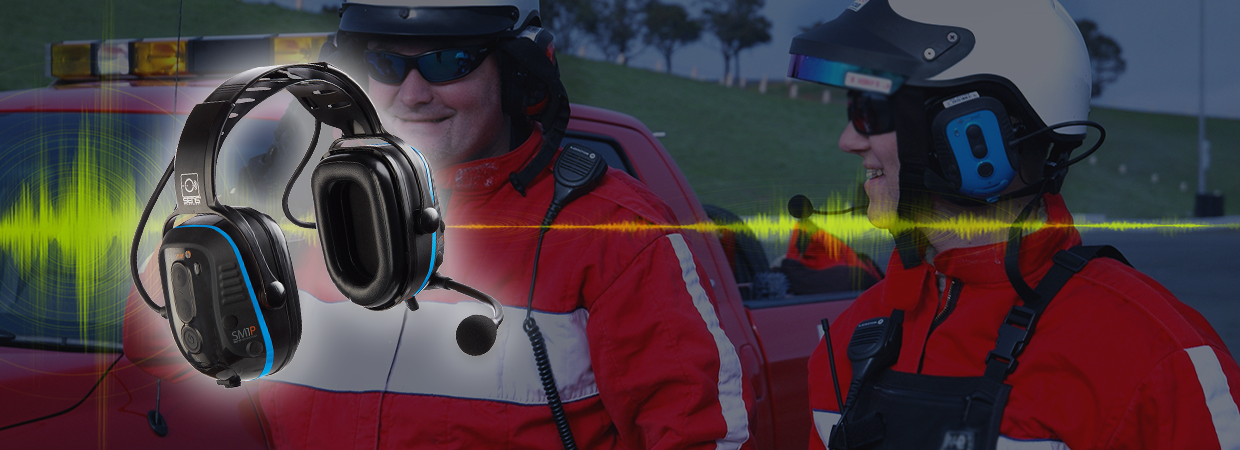- Home
- Blog
- Noise-Induced Hearing Loss
- 10 Things You Didn’t Know About Occupational Noise Exposure

10 Things You Didn’t Know About Occupational Noise Exposure
Each year, thousands of workers suffer due to excessive noise exposure while on the job. Unfortunately, many are uninformed and unaware of the dangers of occupational noise and neglect to take the necessary precautions. Inform yourself of the risks involved with occupational noise exposure and equip yourself with the knowledge to prevent it.
1: The Threat of Hearing Loss
The ear is a delicate mechanism unsuited to being overexposed to noise. The inner ear contains a structure called the cochlea, which is lined with very fine hairs. Exposure to loud noise can destroy these hair cells, resulting in hearing damage or loss.
2: The Reality of Hearing Loss
Sadly, hearing loss remains one of the greatest occupational health threats of our time. Typically noise-induced hearing loss is not reversible, limiting an individual’s ability to hear high-frequency sounds as well as understanding speech. Overexposure may even seriously impair or deafen some individuals.
3: Psychological Effects
Loud noises have the potential to increase psychological stress. The most common psychological effect is that of annoyance. Annoyance is defined as any offense interfering with someone’s thoughts, feelings, or activities. Noise-based annoyance may lead to resentment, disapproval, distress, and dissatisfaction.
4: Sleep Disturbance
Research indicates that extreme exposure to dangerous noise levels can result in sleep disturbance. Lack of restful sleep may decrease accuracy and result in a higher number of on-the-job mistakes.
5: Decreased Awareness
The use of inadequate hearing protection can reduce an employee’s ability to properly monitor their surrounding environment. Workers who are essentially deafened by high-noise workplaces may ignore – or fail to hear - warning signals or equipment sounds and maybe at additional risk of workplace injury.
6: Interference with Communication
Communication, a vital aspect of any occupation, is often severely impaired. Having insufficient hearing protection in a noisy atmosphere reduces positive and clear communication.
7: Interference with Concentration
Concentration is severely handicapped in excessively noisy situations. Overstimulation may prevent individuals from performing at their greatest potential, which may lead to overall employer/employee dissatisfaction.
8: Decreased Productivity
In an environment where awareness, communication, and concentration are hindered, ultimately productivity levels suffer. Productivity is the main goal of every occupational site; any issues interfering with maximum productivity should be eliminated.
9: Future Social Implications
The consequences of noise-induced hearing loss may ripple beyond the injured individual’s occupational setting. Partial or total hearing loss may interfere with the way an individual interacts with family and friends, possibly leading to social isolation.
10: Negative Effects are Preventable
Fortunately, these issues are completely preventable with the right resources. The unique technology developed by Sensear provides an alternative to sacrificing safety or communication by offering both in one piece of equipment. Industry-leading Speech Enhancement Noise Suppression Technology (SENS®) allows users to communicate clearly in dangerously loud environments without user harm or fatigue.
Armed with knowledge about occupational noise exposure, you are now prepared to equip your workplace with the appropriate resources. By taking action, you can prevent harmful levels of noise exposure in your facility, protecting your most valuable asset…your employees.






